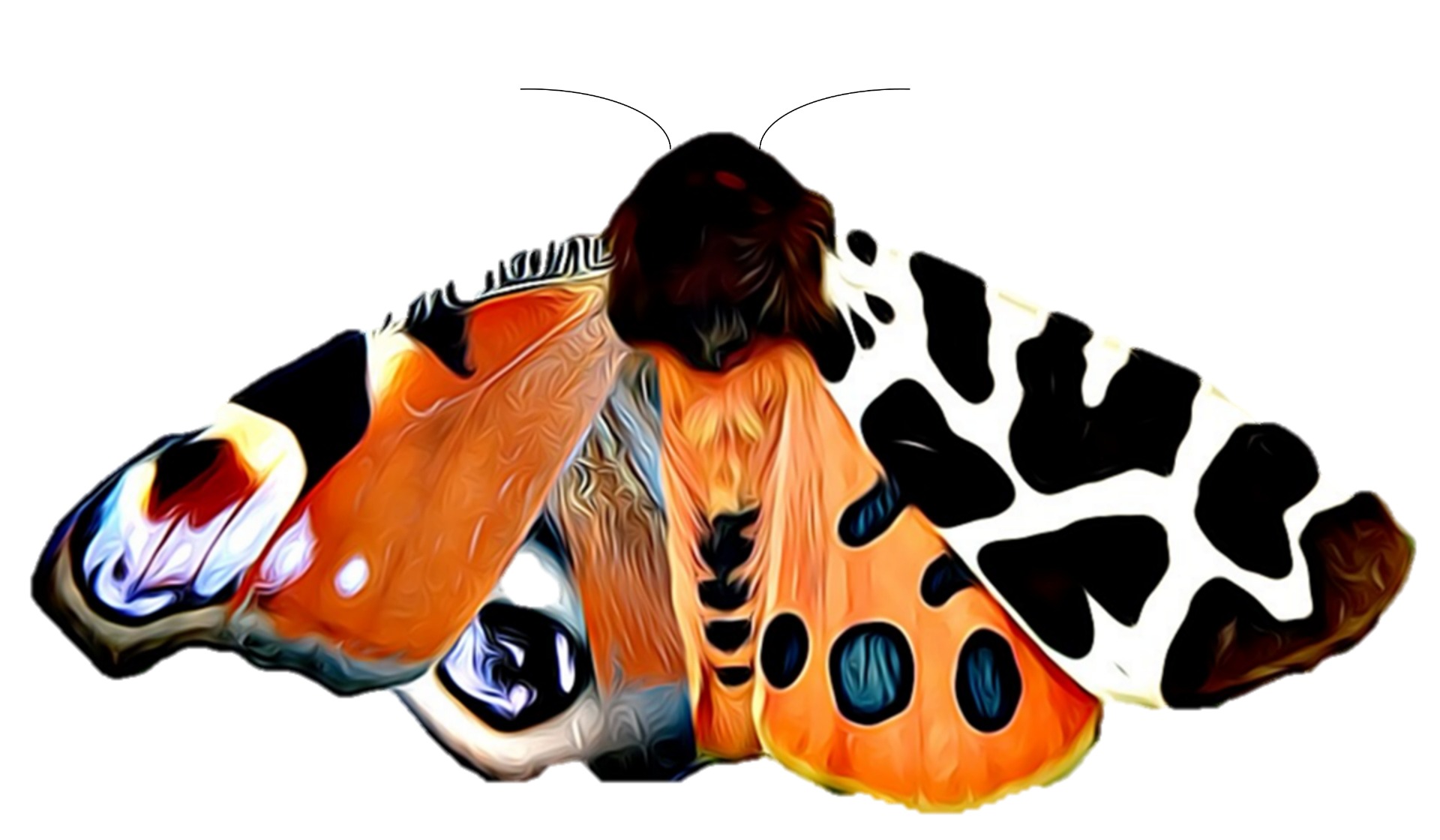Neuroterus numismalis, the silk button spangle gall

[Also in the picture is Andricus quercuscalicis, the knopper gall - top left corner; both on oak.]
Galls are interesting as they are abnormal growths of plant tissues, often in highly organised structures, caused parasitic organisms - most commonly found to be insects, mites, fungi or bacteria. I noticed in late summer last year that there was quite an abundance of galls, particularly on oak. The two galls in the picture are both caused by different species of wasp (latin names described correspond to this).
Particularly for N. numismalis, the intricacy of the gall structure created by the wasp is quite beautiful - it consists of silk like threads (these being plant tissue) arranged in a tightly-coiled button arrangement. Inside each of these buttons, a larvae develops having hatched from the egg laid by a female wasp which initially triggered gall formation. In many cases of galls, factors secreted by the gall-forming organism trigger rapid proliferation of cells. The study of plant galls is known as cecidology.
